Russian Banksy - Pavel 183
- julia_mji@me.com
- Aug 10, 2018
- 3 min read

"Put simply, I want to teach people in this country to tell lies from the truth and to tell bad from good. ...
This is what our people still cannot do."
Pavel 183
1983-2013
Pavel Pukhov, more known as Pavel 183 or P 183, is one of the most recognized and acknowledged street artists of Russian decent.
There is little information about Pavel’s artistic path let alone his personality. He meticulously protected incognito always hiding his face on the videos and wearing balaclava during the interviews. The only details he shared with us on his web page were about his Moscow decent and graduation in communication design.
Allegedly, Pavel took his nickname after a famous American street art pioneer Taki 183. However, this is just one of the suppositions that art critics and mere viewers make about Pavel 183.
He received international acclaim after the Guardian had run an article about street art movement in Russia calling Pavel 183 “Russian Banksy”. Indeed, some of his works resemble those of Banksy in style, not to mention his attempts to keep his personality secret, which unites him with his British colleague, too. However, it would be unfair to consider Pavel 183 a mere follower and imitator. During his short art career (Pavel died at the age 29) he managed to elaborate his own aesthetics. He worked with different means, not only creating outstanding graffiti using aerosol paints, but also arranging installations and performances.
His art was witty, quite reactionary and sometimes aggressive. His work Truth to the Truth (2011) was intended to remind people how they fought for freedom of speech and liberalism on Moscow streets in August 1991. The work consisted of four human-sized stickers on the subway entrance doors representing OMON officers (elite police department). Each time a person pushed the door, he or she could let their feelings out once again. As he stated it himself, he saw his aim in teaching Russian people how to talk the truth, as many Russian do not know how to distinguish the lie.
Although, many considered his art only through the prism of political criticism and protest, he refused to be interpreted only this way. As he once said: “Politics are crucial but the society is important, too”. His creations also reveal him as a very fine social analyst, able to speak about burning social issues as well as to unveil deep personal feelings and hopes.
At first, Pavel was discontented with the continuous comparisons with Banksy but later on, he appreciated it and invented the other nickname – Bankski. After the premature Pavel’s death in 2013 Banksy dedicated a work P183 R.I.P to the memory of the Russian street artist. It is a representation of a spray paint can with the flame, which resembles a burning candle.
It is difficult to underestimate the role Pavel 183 played in the formation and development of street art in Russia. Probably, he was the only one who enjoyed respect of both underground street artists and those who are commissioned by the authorities to paint the walls and buildings. Unfortunately, street art in Russia still belongs to marginal genre; it is young art that faces incomprehension that sometimes leads to negation. And according to Kirill Alexeev, senior research worker in Tretyakovskaya gallery, Pavel 183 was among the first to legitimize street art in Russia due to his intuitive perception of trends and deep and thoughtful vision.
Sweet memory of the great Russian Artist P 183
Source: Web of Modern Art



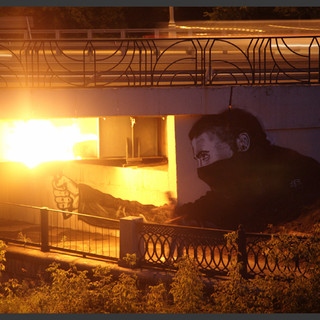

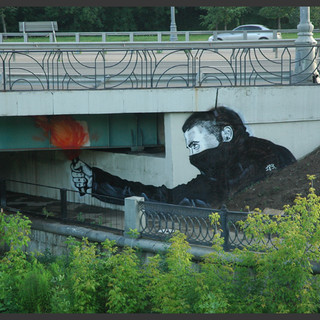



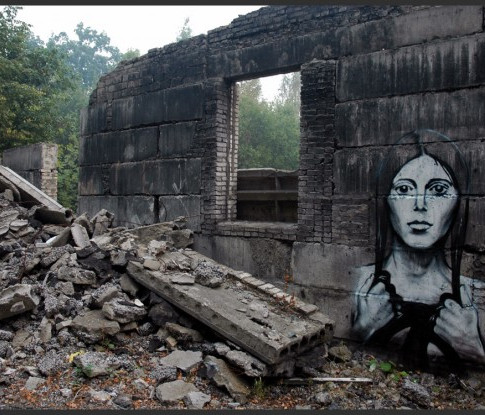

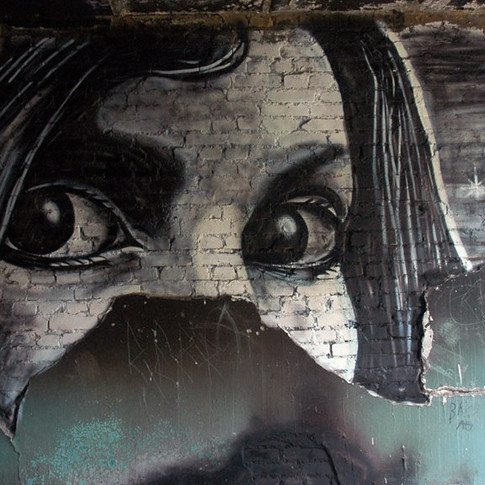



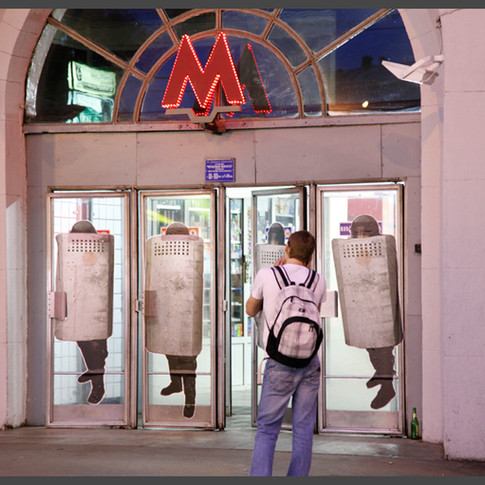





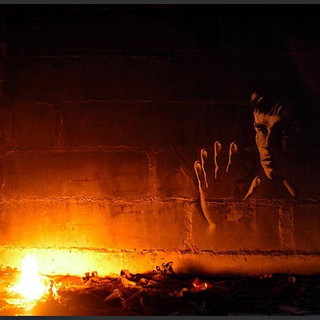



Commentaires